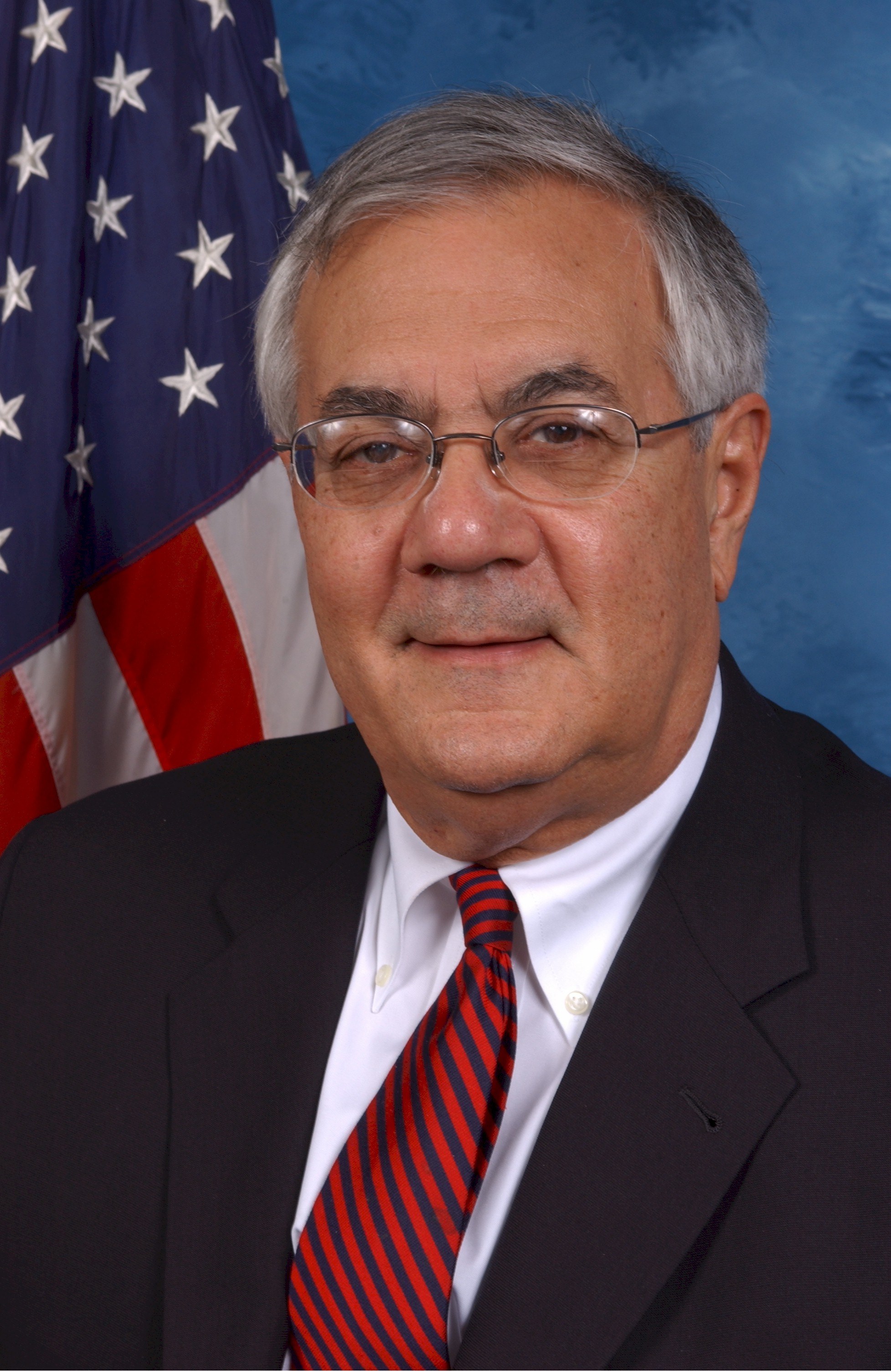Barnett “Barney” Frank is a former American politician and board member of the New York-based Signature Bank.[1] He previously served as a member of the U.S. House of Representatives from Massachusetts from 1981 to 2013. As a member of the Democratic Party, he served as chairman of the House Financial Services Committee (2007–2011) and was a leading co-sponsor of the 2010 Dodd–Frank Act, a sweeping reform of the U.S. financial industry. Frank, a resident of Newton, Massachusetts, is considered the most prominent gay politician in the United States.[2]
Born and raised in Bayonne, New Jersey, Frank graduated from Harvard College and Harvard Law School. He worked as a political aide before winning election to the Massachusetts House of Representatives in 1972. He was elected to the U.S. House of Representatives in 1980 with 52 percent of the vote. He was re-elected every term thereafter by wide margins. In 1987, he publicly came out as gay, after coming out to family, friends and close associates a few years prior, becoming the first member of Congress to do so voluntarily. From 2003 until his retirement, Frank was the leading Democrat on the House Financial Services Committee, and he served as committee chairman when his party held a House majority from 2007 to 2011. In July 2012, he married his long-time partner, James Ready, becoming the first member of Congress to marry someone of the same sex while in office.[3] Frank did not seek re-election in 2012, and retired from Congress at the end of his term in January 2013.[4] Frank had expressed interest in serving temporarily in the United States Senate after John Kerry had been confirmed as Secretary of Statebut was ultimately passed over for Mo Cowan.[5] A biography of Frank was published in 2015.[6][7]

